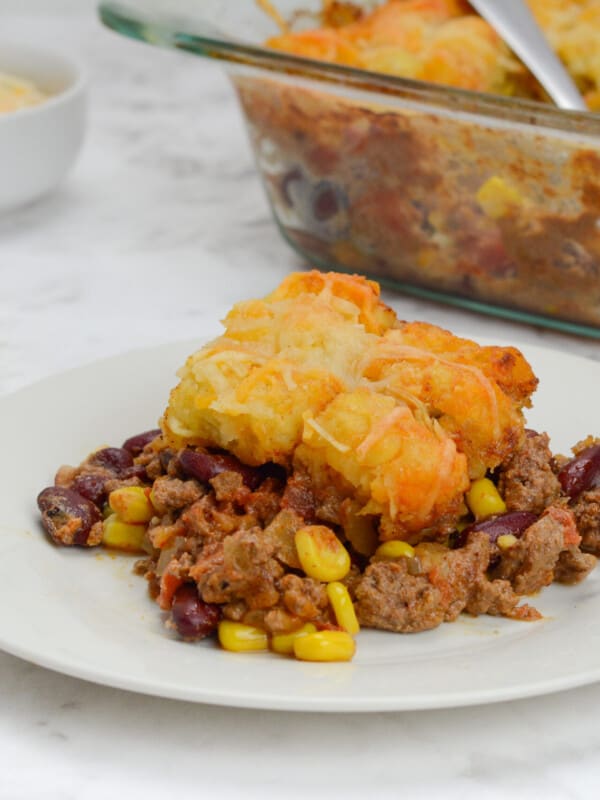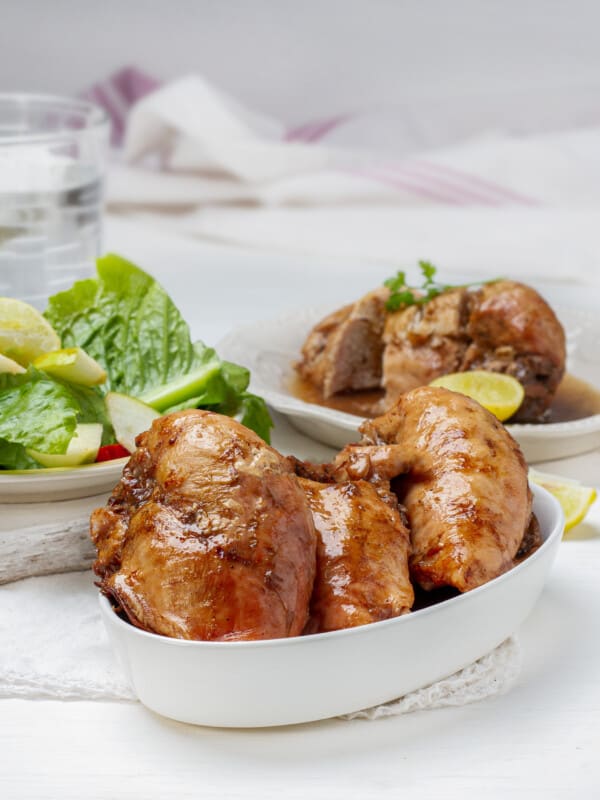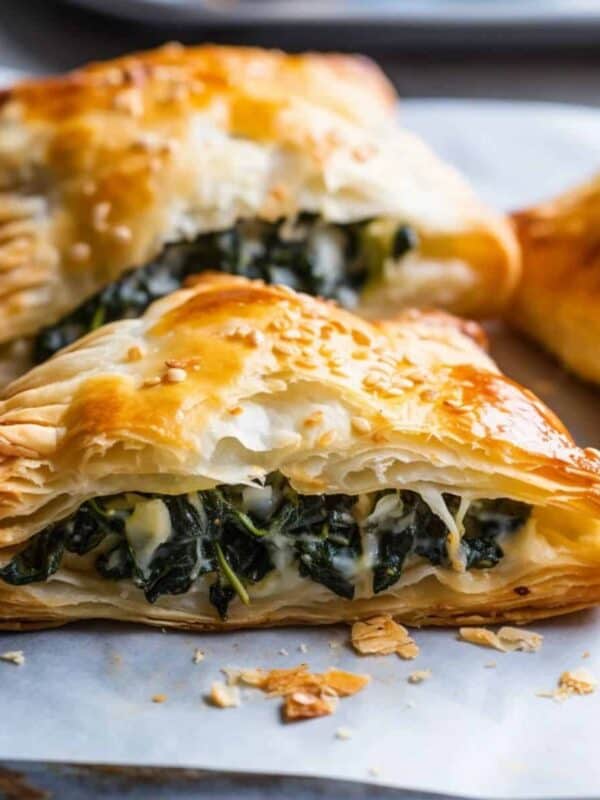Please Note, this is not an affiliate post. This review is simply born out of a desire to share my excessive thoughts on cookware with the world.
Nonstick pans are incredibly convenient, but that convenience comes at a heavy price. By now, you’ve probably heard at least a little about PFOAs, Teflon, or PTFEs. It can be really hard to keep up with the endless number of studies that come out about household items you had no idea were toxic. What even is safe anymore? For myself, I try to keep it simple, even if that means oversimplifying the data. This is the reason I’m choosing to minimize my use of nonstick pans.
Why are nonstick pans bad?
I set out to search for a nontoxic nonstick pan, and the conclusion I drew from my research is that they don’t exist. Here’s the deal with these pans: a lot of sources will tell you they’re safe. This is because nonstick pans don’t release toxic fumes until they exceed a temperature of 500 degrees Fahrenheit. Theoretically, nonstick pans are safe as long as you don’t cook on them on high heat and you throw them out as soon as they get scratches.If you don’t follow these directions, you risk all sorts of adverse health effects according to the FDA. These risks included increased chances of developing a number of cancers. That’s pretty much all I need to know!
If you’ve seen any confusing information about whether nonstick pans are safe, keep in mind that PFAs, PFOAS, and PTFEs are different sets of chemicals with similar characteristics. Some companies advertise their nonstick pans as safe because they don’t contain PFAs, yet they’ll use PFOAs or PFTEs for their nonstick coating instead. I don’t want to keep up with the subtle differences between all of these classes of chemicals, I just want to make my tuscan chicken dinner in peace. So I decided to reduce my use of nonstick pans, which led to my search for a safe and convenient alternative.
What are the alternatives to nonstick pans?
Cast iron, stainless steel, ceramic, carbon steel are all alternatives that can replace nonstick pans. There are pros and cons to all of these options. I love my cast iron, though there is a learning curve when it comes to getting the hang of taking care of these. This time around I opted away from a ceramic pan because stainless steel is more durable. I’ll be glad to report my findings on carbon steel cookware once I acquire some.
Why did I go with Made In?
It’s easy to get overwhelmed when you look online for advice. A number of reputable sources will layout proof that the sky is blue, then you’ll find at least a dozen articles telling you why you shouldn’t trust those sources. I initially ordered a ceramic pan from a company that dozens of bloggers vouched for, then had to cancel that order after learning of a lawsuit that accused that company of greenwashing. It turns out that company’s products were not at all what they claimed to be. Made In was one of the few brands that almost everybody seemed to agree on as a worthwhile investment. Many cookware enthusiasts have compared Made In to All-Clad, and if you don’t know, All Clad is the crème de la crème of cookware. The main difference between the two is that Made In is cheaper, and I love a bargain.
The Unboxing
I could tell you what The Food Network, The Spruce Eats, and Food & Wine Mag said about Made In, but I’d rather share my own impressions as the layperson that I am. The pan arrived in a humble box, the packaging was sufficient without being wasteful. I purchased Made In’s 10-inch Stainless Clad frying pan. It retails for $120 currently, but I got mine on sale for $99. It’s a sleek pan, not flashy, and perfectly at home in the kitchen of a serious cook. The pan isn’t the lightest, but not as heavy as a cast iron, and the handle is designed to fit with minimal spacing between oven racks, so ideal for chaotic holiday cooking. It arrived with a brief info card of care instructions. A 10 minute video on cleaning instructions for this specific pan was also among the marketing emails I’ve received from Made In since my purchase. I’m sure I’ll get tired of them eventually, but for now I’m still charmed by their quality instructional videos.
My Impressions So Far
You haven’t really tested your stainless steel pan if you haven’t cooked eggs on it, and this pan did not disappoint. After preheating the pan as instructed, I was able to fry eggs and get them off the pan with relative ease. I also tested out the pan’s frying capabilities with some garlic roasted sunchokes. Though I had no issues with sticking, the pan did start to discolor relatively quickly while I was frying these. I may have turned up the temp a bit too much, but of course tend to use high heat for frying. After I finished up I did notice a burn spot on the bottom as well. I do have a gas stove, and this is probably much less likely to happen if you have induction. I won’t claim to be gentle with my cookware, though I follow care instructions (most of the time). I believe if I’m spending a good amount on something it should be durable.
As far as the longevity of this particular pan, check back in with me in a year or two, and I’ll let you guys know if my thoughts have changed. I don’t have any Barkeeper’s Friend at the moment, which I’m sure could get rid of some of the discoloration. Despite the staining after a week of use, I have every reason to believe this pan will last. Stainless steel can last a lifetime, especially if aesthetic damage doesn’t bother you. I’m looking forward to trying out more of Made In’s products in the future, and also seeing how it measures up to All Clad. Let me know if you’d be interested in a comparison of the two in the future!





